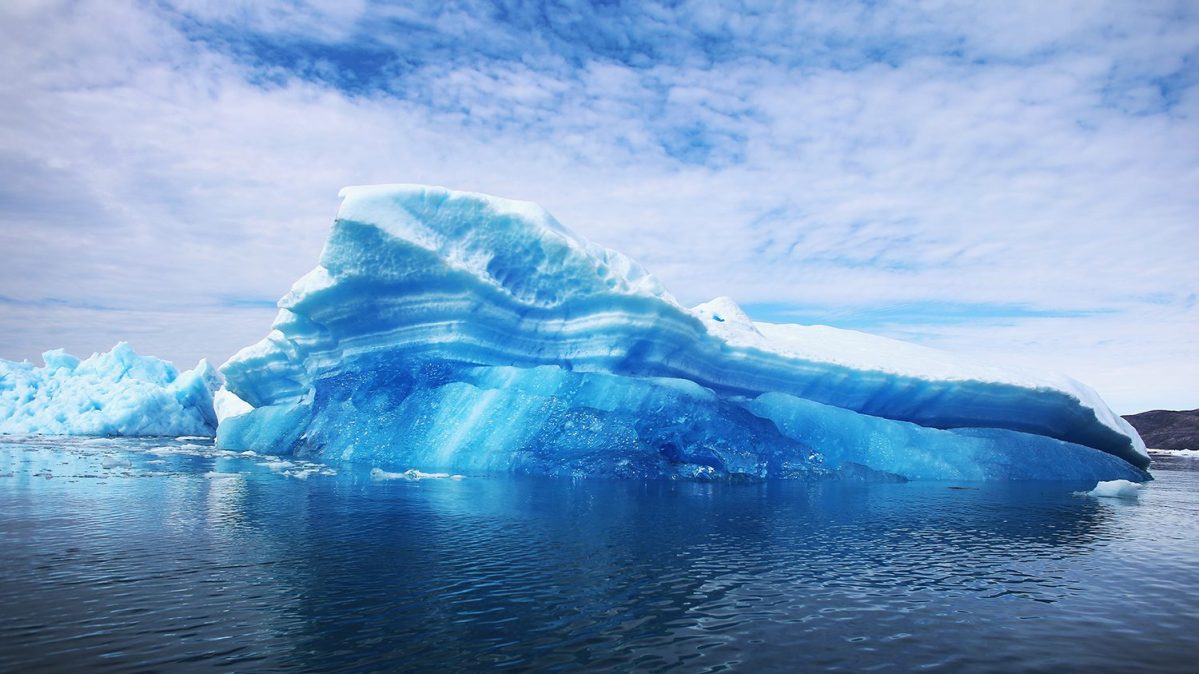Rising temperatures around the globe are melting permafrost soils and ice that has been frozen for thousands of years, the BBC is reporting.
And as the soils melt, they release the long-dormant bacteria and diseases that have remained frozen, but alive, for periods of time that can stretch into the millions of years.
There have been examples of the dangerous results: A 12-year-old boy died of anthrax and at least twenty other were hospitalized in a remote corner of the Siberian tundra in the summer of 2016. The cause? Scientists theorize that the outbreak can be traced to an infected reindeer that died nearly a century ago (which is not hard to imagine, the BBC notes, as more than a million reindeer died from anthrax in the 20th century alone).
After the melted ice exposed the reindeer’s corpse to the elements in 2016, the disease seeped into nearby water and soil, ultimately soaking the food supply of more than 2,000 reindeer grazing nearby. Humans, in turn, were also affected.
Animals are not the only disease-ridden corpses frozen in time. Humans have been buried in permafrost for centuries — the BBC notes that scientists have discovered the 1918 Spanish flu virus in mass graves in Alaska’s tundra — and that raises questions about what additional ancient diseases may be unleashed as the ice continues to melt.
This article was featured in the InsideHook newsletter. Sign up now.
























